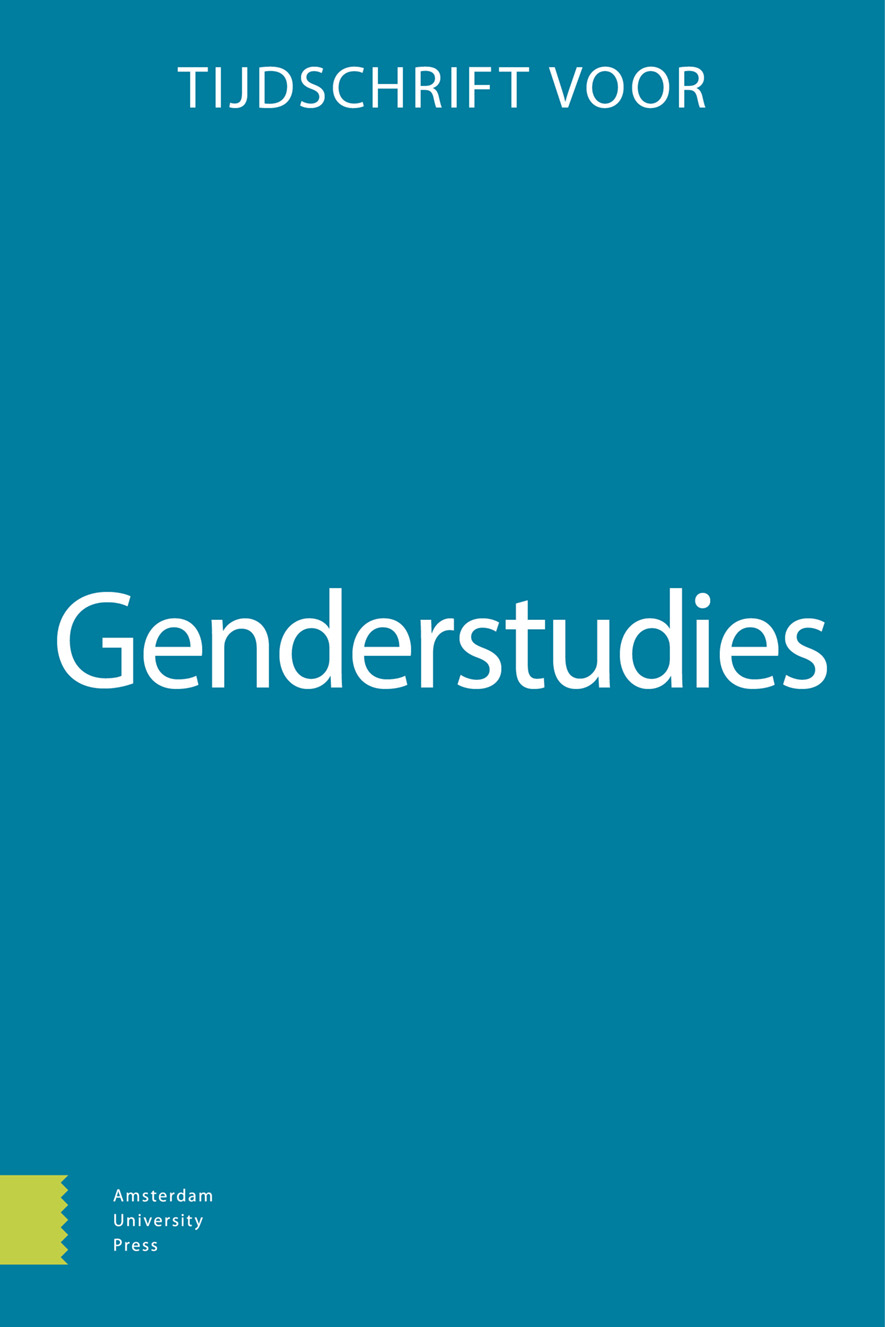-
oa Did dykes die out or where have they gone?
An interdisciplinary analysis of a key term in queer archives
- Amsterdam University Press
- Source: Tijdschrift voor Genderstudies, Volume 26, Issue 3/4, Dec 2023, p. 313 - 334
-
- 01 Dec 2023
Abstract
With the multiplication of queer identity categories and the lack of knowledge transfer in queer communities, ‘female masculinity as a culture’ seems to die out (Halberstam, 1998, p. 269). While comics by Alison Bechdel and Diane DiMassa highlight the word dyke1, it has barely been investigated academically (Jones 2012). To fill this research dearth, we adopted an interdisciplinary mixed-method approach consisting of a qualitative literary analysis and a quantitative linguistic analysis. Text-specific findings from the literary analysis were then investigated linguistically by focusing on 692 occurrences of the word dyke in the Corpus of Contemporary American English (henceforth COCA, Davies, 2008–present). We focused on the following research questions: which characteristics of the word dyke emerge in a literary analysis of comics by queer authors? And: does the corpus-linguistic analysis confirm these characteristics? The literary analysis revealed that dykes often position themselves in-between, neither identifying as femme or butch, incorporating an ambiguous gender performance. The extended lens of the COCA showed that widespread, influential media outlets promote a derogatory use of the word dyke. Contrary to our hopes, we could not show an improvement concerning the response towards female masculinity and gender ambiguity.


